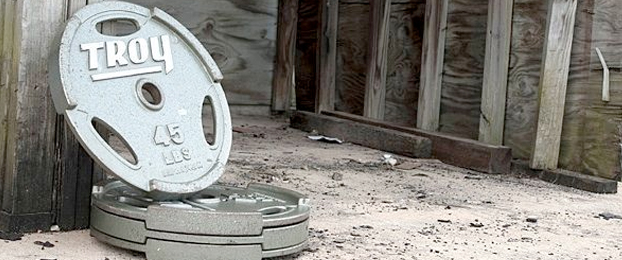
Let me tell you a story.
It seems that during WWII the U.S. was losing a large number of aircrafts during various missions. Obviously, the job of flying these planes was a treacherous one, and you could assume that the casualty rate was very high. But something else was wrong.
The total number of planes that the U.S. was losing was way beyond any logical predictions. So the U.S. government decided that they needed to gather some data to isolate the root cause of the problem and try to eliminate it if they could. (Sounds like the DMAIC process, doesn’t it?)(1)
They started with some very smart guys—statisticians. Number crunchers, geeks, nerds—you know, the very guys that you would initially think would have no idea about airplanes, mechanics, flying or anything related to the armed forces. And you would be right.
But they didn’t need to know all of these things. They just needed the data!
So, the statisticians were brought to the Air Force base. They were briefed on the current issues facing the aircrafts when they went out on these routine missions but never returned.
Here is what they did. They told the mechanics to go outside the hangar and paint a 1:1 scale outline of an actual plane on the ground. Here is what it looked like.
Everyone scratched their heads. Why would they want to do this? Because they needed the data!
The procedure was that every day when a plane returned, the mechanics were to run their hands over the plane and locate all the bullet holes, anywhere they could find them. Then they were to duplicate the exact location of the bullet holes from the plane onto the same location on the plane (replica) painted on the ground. They did this for one month. (When gathering data, the sampling must be a continuous representative of the whole data set, not a discrete pull.)
This is what they saw. Note that all bullet holes are in red.
What does this pattern mean? Does it mean that the bullet pattern was caused by the skill and evasive flying techniques of the fighter pilot? Or was this a random pattern caused by the indiscriminate spraying of the bullets?
Look at the image again. Why would there be a space on the aircraft void of any bullets?

This means that whenever an airplane got hit with a bullet behind the cockpit, IT DIDN’T COME BACK. Think about it. That is why the data never showed any bullet holes in these locations on any planes RETURNING from a mission! It is AMAZING what the data showed.
From the data, the Air Force could now start looking for the root cause and succeed in putting processes in place to reduce or eliminate the defect. After further inspection, a “weakness” was found in the structure of the airplane behind the cockpit! The fuel pump was located in that exact location! The mechanics subsequently welded a steel plate over the fuel pump, and the rate of return for the service men and aircrafts improved immediately.
The moral to the story is that you must analyze and assess your athletes’ weaknesses, movement and compensation patterns, static and dynamic postures, needs analysis for the sport and position, and current strength levels. Then work hard to address them to ensure the athletes’ ultimate success. The issue is not always apparent. You have to gather your data to make informed decisions!
Hope you enjoyed the story.
References
1. Smith Jim (2006) Corporate Strength–Six Sigma, www.DieselCrew.com.
2. Cressey E and Robertson (2006) Building the Efficient Athlete Seminar, NYC.
3. Warbird Alley,
4. Smith Jim (2006) Needs Analysis Template, www.DieselCrew.com.
Elite Fitness Systems strives to be a recognized leader in the strength training industry by providing the highest quality strength training products and services while providing the highest level of customer service in the industry. For the best training equipment, information, and accessories, visit us at www.EliteFTS.com.








